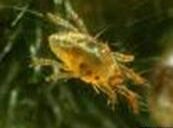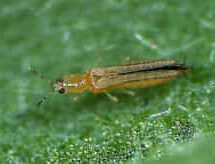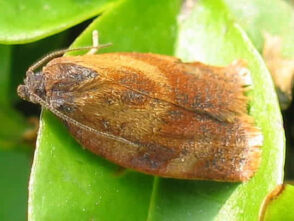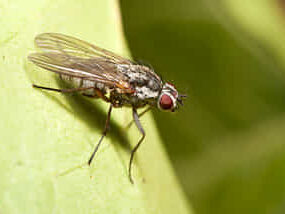Carnation
Red spider mite
Symptoms of damage
Management

Aphids
Symptoms of damage
Identification of pest
Globular yellowish green to brown or black in colour
Management

Thrips
Symptoms of damage
Identification of pest
T. tabaci - nymphs and adults are pale yellowish in colour
Management

Carnation tortrix moth
Symptoms of damage
Management


Carnation fly
Symptoms of damage
Management

Source: https://agritech.tnau.ac.in/
